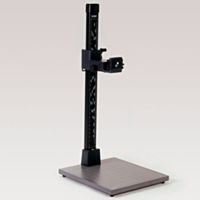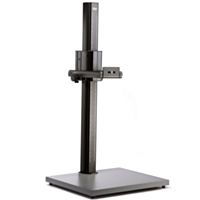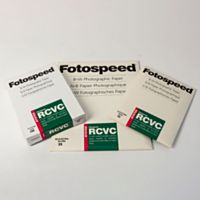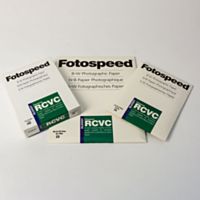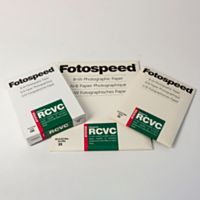The Landscape Photographers Calendar: what to shoot in July
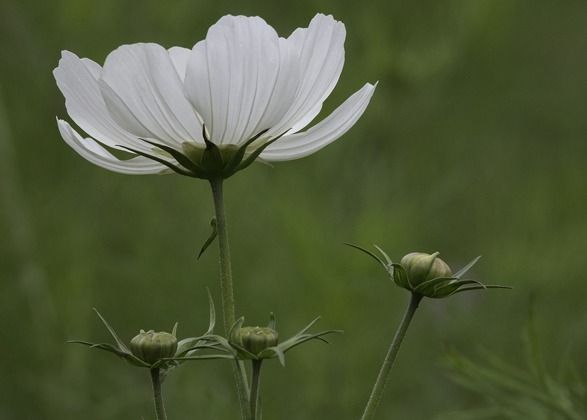
-->
Tony Worobiec is a Fellow of the Royal Photographic Society and one of our Fotospeed photographers. He has won awards for photography both in the UK and internationally, and has authored 16 books. In this blog post, adapted from his RPS workshop, "The Landscape Photographers Calendar", Tony tells you what to look out for in July. Tony uses Fotospeed’s Platinum Baryta and Platinum Matt.
You can find out more about Tony here.
So, what are the characteristics of July? In some ways, it is similar to June, except it does become noticeably warmer. Coupled with August, July is the hottest month of the year, and understandably many photographers choose to pack their cameras away and bask in the joys of the garden instead. But why stare a gift-horse in the mouth? Our gardens are bursting with beauty throughout the month of July, so fish out that macro lens and find out what you can do. Flowers, of course, are not just restricted to your garden – it seems that the entire landscape bursts into colour. If you thought June offered a kaleidoscope of colour, then you really will be impressed with July. It is also one of our wetter months, so if you are looking for something different don't overlook the opportunity to photograph an urban location immediately after a heavy shower.
With this series of blogs, I have aimed to balance things you can photograph in both coastal and inland locations, but July must be an exception. Unless you are able to access some very isolated coastal spots, they are best avoided - the schools have broken up and just about every square mile of beach will be populated with sun-worshippers. These crowds might offer great opportunities for editorial photography, but not for landscape.

Going graphic
Whilst the arable landscape is still green in June, due to the increase in temperature coupled with the long periods of daylight, our fields are changing quite noticeably and can appear wonderfully golden, particularly in the early evening light. Moreover, July is the month when hay and winter-wheat is most likely to be harvested, resulting in some impressive graphic scenery.
To make best use of these, find a slightly raised vantage point so that you are looking down into the landscape. These are not normally very difficult to find. Travel along any ridge and the landscape will unfold in front of you; it is then just a matter of pulling into a suitable lay-by. Also be aware of just how quickly a landscape can change. Farmers are monitoring their fields almost daily and are likely to harvest them the moment their crops ripen. This is often where a telephoto lens is needed. By using a longer focal length, you are more likely to achieve some lovely abstract effects, as the compression these lenses offer adds to the sense of abstract. Look to the lines created by the harvester and allow these to dominate your composition.

Deep Purple
Fields of lavender are something we associate with southern Europe, but increasingly farmers here in the UK are cultivating this most beautiful of flowers as a cash crop. British farmers are looking for an alternative to the usual cereal harvest which is also helping to beautify the landscape. You might be wondering for what purpose, but the wonderful aromatic oils they can extract from this plant are used in the manufacture of toiletries. If you are not certain in which areas they are being cultivated, then try locating them using the internet.
A second reason why farmers are viewing lavender as a serious cash crop is that it is a way of attracting tourists. Even though I was standing on a public pathway when I took this shot, I was spotted by the land-owner who wanted to charge me £5. The "skinflint" in me was about to protest, but then I was so overwhelmed by the beauty of the place, I uncharacteristically acquiesced. In a brief conversation I had with him, he told me they had over 20,000 visitors during an eight week flowering period. A bit of a gold-mine I would say!
One of the great advantages of photographing fields of lavender is that they can be photographed at any time of day. For the sake of convenience, most photographers will take them in normal daylight, although I would suggest you avoid harsh lighting as the shadows can create a problem. Moreover, the strongly illuminated areas can appear rather pink. Personally I prefer to shoot them at dawn or at dusk when the light is likely to be softer. Moreover, the sky tends to appear more interesting as well.
From a compositional standpoint, as they tend to be planted in straight rows, use a wide angle lens to exaggerate the effect. If there is a distant building or a row of trees on the horizon use it as a focal point.

Simply Red
Whilst last month I suggested that you might aim to photograph a sprinkling of poppies, they tend to appear at their most glorious during the month of July. Drive along any rural highway and before long you will spot that impenetrable splash of red which can be seen for miles. The main difficulty is finding a route that takes you in much closer. One thing you can almost be certain about is if you discover a location which is rich in poppies one year, it will not be there the next. Once again I would suggest you search the internet; I have made this point before but I remain deeply impressed by how generous photographers can be with respect to posting locations.
Act whilst the iron is hot; in common with opium poppies, (see my June blog), an expansive field of red poppies will reach a zenith, and after that it quickly begins to fade. Strong wind or heavy rain can quickly strip a field in a few hours leaving the poppies looking bedraggled and past their best. Fresh blooms do materialize; nevertheless, there will be an optimum window of opportunity.
What I find so exciting about poppies is that they can be photographed in so many ways; whether you decide to use a long lens or as in this example go wide, you will be rewarded with some truly wonderful images. If you have an interesting sky then of course include it, but this is a subject that works equally as well without one.

Lily the pink
In last month's blog I suggested you tried photographing the many small lakes and ponds as this was the time of year that water plants begin to emerge. In July, however, they appear in their full glory, and none more so than water lilies.
These beautiful plants do appear in the wild, but somehow cultivated lilies are often a little more impressive. These can be found in municipal gardens or sometimes adjacent to historic buildings.
This is another of those occasions when it helps to use a telephoto lens; often the best specimens are yards away and of course they are growing in relatively deep water. In common with so many plants, water-lilies are better photographed in overcast light; strong sunlight can create troubling shadows which are difficult to handle.
A great time to shoot water-lilies is immediately after a shower, as the droplets of water remaining on the waxy leaves create some lovely prism effects, particularly if they are taken contre-jour. Similarly look at the way a beautiful silvery meniscus forms between the still water and the edge of the leaves which is also enhanced by soft back-lighting. Finally, if you are irritated by the reflections off the water, these can be easily eliminated when using a polarising filter.

Urban pastures
On first glance you might assume I travelled miles to capture this last shot, but it was taken just 100 yards from my front door. Increasingly local authorities are creating wild-flower reserves adjacent to our highways partially to beautify them, but also I suspect to reduce the cost of maintaining grassy areas. Whatever the motives, the results can look utterly splendid throughout the month of July.
These are not formal gardens and have the randomness of a wild meadow, which of course adds to the charm, so don't expect to see clear-cut compositional designs. Select an area which appears to show a rich diversity, taking care to remove any elements that are past their best. As I suggested in an earlier blog, the square format introduces a discipline that is otherwise lacking so there is no need to become over-obsessed by composition. In order to increase that "informality" I have done two exposures, one in focus and one which is out. It does add a certain "impressionist" effect.
Want more ideas on how to improve your photography and prints? Check out the rest of our blog, or get in touch to see how Fotospeed can help!
If you would like to stay on top of all the latest information from Fotospeed don't forget to sign up to our Newsletter.



